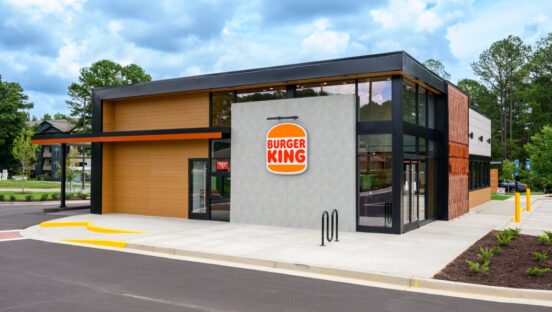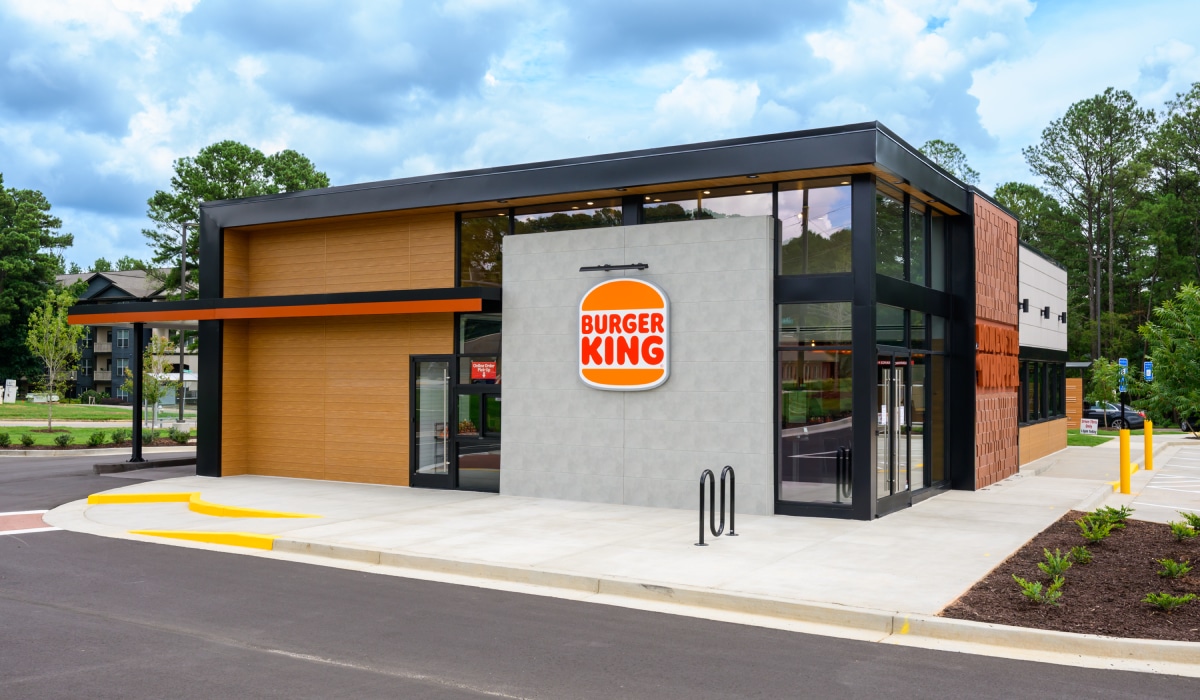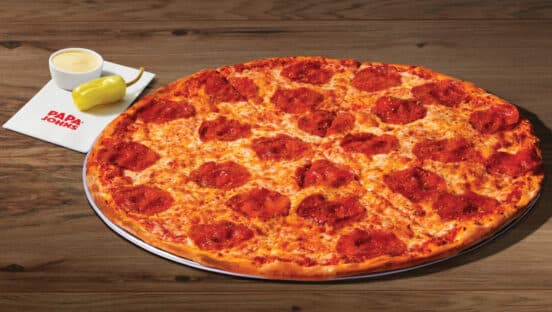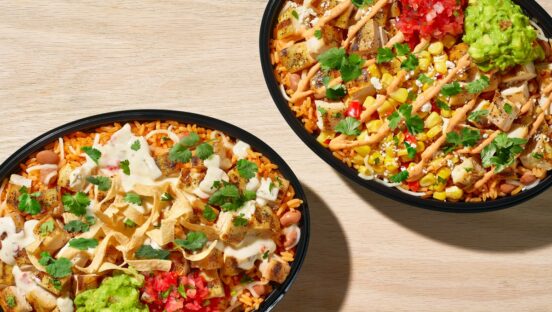As Burger King continues its turnaround, beef appears to be the next hurdle.
The QSR giant noted that elevated beef costs are creating short-term margin pressures for franchisees. Beef represents about one-fourth of Burger King U.S.’s commodity basket, and year-to-date, prices are up in the high teens compared to this time last year. According to CFO Sami Siddiqui, this equates to a mid- to high single-digit increase in Burger King’s overall commodity basket this year.
READ MORE:
Burger King’s Multi-Layered Playbook Shows Results
Burger King’s Turnaround Strategy is Delivering, and Franchisees are Buying in
Burger King Banks on Better Operators, Remodels to Weather Tough Environment
However, the brand believes inflation will be temporary since it’s mostly tied to the herd rebuilding cycle in the U.S. There’s also the issue of trade agreements in key beef-sourcing markets. But Siddiqui said prices should normalize over time.
“I think we view these kind of impacts as temporary and our franchisees view it that way as well, although they are a significant impact,” Siddiqui said during RBI’s Q3 earnings call. “We’ve actually been monitoring the market. And even if you look at the last week, as there’s been optimism around some trade deals, whether it’s been with Argentina, whether it’s been with Mexico, whether it’s been with Brazil, we’re sensing our optimism that there could be some relief on beef costs.”
Leadership is wary about how increased costs may impact franchisees’ profitability and future remodel schedules. Still, Burger King expects to complete around 400 remodels in 2025 and reach 85 percent modern image in the next few years. Remodeled stores are seeing sales uplifts in the teens and earning average sales around $2 million.
“We’re obviously just keeping an eye on those beef prices and any impacts that can have on our franchisees’ profitability,” said RBI CEO Josh Kobza. “The good news, as Sami mentioned, is that we’ve already started to see those beef prices come down, which will be helpful to franchise profitability and provides more cash flow for our franchisees to fund those remodels.”
Meanwhile, on the top line, Burger King is finding success.
The chain has three priorities to push sales—the Whopper, value, and families.
The quick-service giant has stuck to that mantra for a while now, and that’s because it’s working. Despite a rough macroeconomic environment, same-store sales rose 3.2 percent in Q3 and the chain once again outperformed the overall QSR burger segment.
The brand is winning with its Whopper By You platform, including the Barbecue Brisket and Crispy Onion flavors, which exceeded expectations. And the extension into Whopper Junior helped with women and the Gen Z audience.
For value, Burger King has kept its $5 Duos and $7 Trio deals, strengthened by a value-based marketing campaign showcasing personalization and customization. The company also engaged families with its recent Monster Menu.
“The improvement in value that you’re seeing for consumers at Burger King is not because we are doing deep discounting or anything like that, it’s because we’re improving the consistency of execution, the attractiveness of the restaurants that they’re going to, the service levels, the food quality—all of those things are what are improving the value for consumers,” said RBI chairman Patrick Doyle.
Those efforts have been paired with operational improvements. Since the Reclaim the Flame turnaround began in 2022, Burger King has improved in guest-driven operational surveys, and Kobza said “revisit intent” ranks in the top three among 12 QSR brands.
“These gains reflect a sharper focus on the fundamentals, quality, accuracy, friendliness, and consistency and close collaboration with our franchisees to sustain that momentum,” Kobza said.
Carrols restaurants, which Burger King bought for $1 billion last year, are leading the way. Comps at these stores grew 4.8 percent in Q3 and their remodels are seeing sales uplifts ahead of the system average. The brand’s new image is featured in almost two-thirds of Carrols’ remodels completed since 2023.
The ultimate intent is to hand these upgraded restaurants over to franchisees. In fact, Burger King plans to refranchise between 50 and 100 stores this year.
The company will sell units via three ways. The first two are through existing operators and new franchisees entering the system.
The third will be via Burger King’s Crown Your Career program, comprising managers and above restaurant leaders who don’t have as much capital but are capable of running a small contingent of stores—“anywhere from one to five or 10 restaurants and really growing with the brand,” Siddiqui said.
Before becoming a full-fledged franchisee, these rising operators stay in the program for one to three years. Their graduation date depends on how their sales and operations progress.
About half of the refranchising moves this year will come from the Crown Your Career program.
“We’re really pleased,” Siddiqui said. “We also think the Crown Your Career program is an excellent pathway to ownership for small operators, and that’s ultimately what powers the Burger King brand.”
Elsewhere in RBI’s portfolio, Tim Hortons Canada saw same-store sales rise 4.2 percent in Q3, marking the 18th straight quarter of positive comps. The chain outperformed the broader Canadian QSR industry by roughly 3 points and experienced 6.5 percent growth in breakfast foods. Also, total beverage sales increased 4 percent, reaching records in cold and espresso-based drinks.
Popeyes same-store sales dropped 2 percent in Q3. LTOs drove trial for new guests, but the brand didn’t get the desired repeat visitation. Additionally, the company’s wings revamp in August led to better guest satisfaction, but it was just “modestly incremental.”
Going forward, Kobza expects the brand to shift back to the core menu, in addition to improving execution.
“I think there’s a lot of controllable stuff,” Kobza said. “I think it’s been the case that we know we’ve got the best products in the industry, but we’ve got some inconsistency in our operations. And we’re making some progress there, but I think we need to make more sustained progress. And I think that’s what’s going to allow us to improve the sales trajectory.”
Firehouse Subs’ same-store sales lifted 2.6 percent. The chain is making a particular impact in Canada, where it has opened 100 net new restaurants over the past 12 months.









